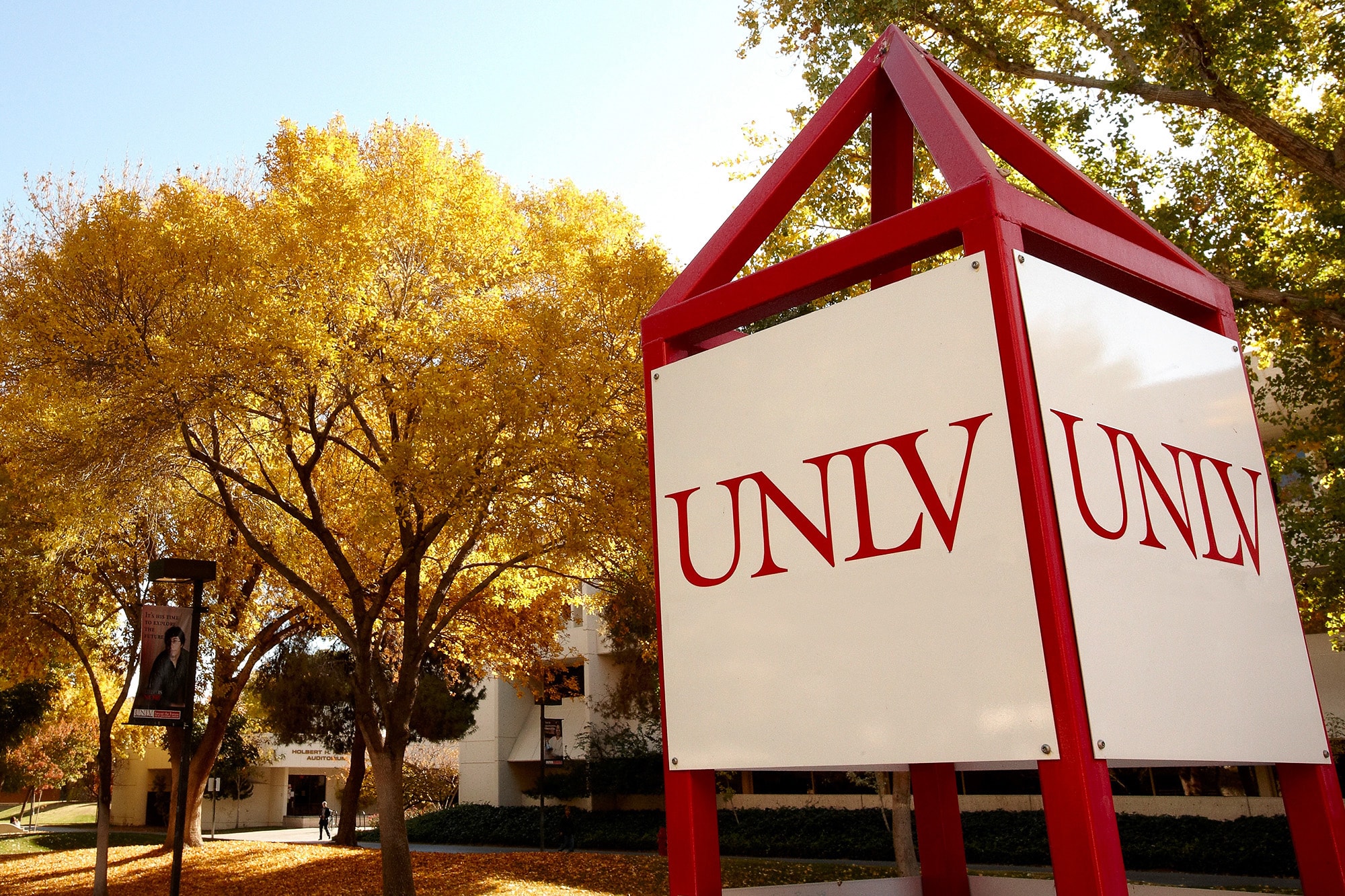Visitors to UNLV's Marjorie Barrick Museum will be treated to a unique view of Earth from space this summer, courtesy of a new Smithsonian traveling exhibition. From June 30 through Aug. 26, a collection of 40 detailed satellite photos will be on display at the museum revealing the awesome beauty of the planet's surface through scenes nearly impossible to document from the surface.
From the swirling arms of a massive hurricane to the triangular shadows cast by the Great Pyramids, Earth from Space illustrates how satellite imagery is gathered and used to expand mankind's understanding of life on Earth. It also explores the remote sensing technology used to gather the images and discusses the individual satellites whose images are on display.
A Magic Planet digital video globe-a digital display with a sphere-shaped screen-complements the traveling exhibition. The animations on this tool will allow visitors to observe the global extent of images returned from orbiting satellites.
An educational companion web site is available at www.earthfromspace.si.edu and contains an online version of the exhibition, as well as additional images and information. It also provides numerous educational resources, including lesson plans and classroom activities.
Earth from Space was developed by the Center for Earth and Planetary Studies at the Smithsonian's National Air and Space Museum, in collaboration with the Smithsonian Institution Traveling Exhibition Service. The exhibition has been made possible by Global Imagination, with support provided by the U.S. Geological Survey and the Smithsonian Women's Committee.
The Smithsonian's National Air and Space Museum maintains the largest collection of historic aircraft and spacecraft in the world. The Center for Earth and Planetary Studies, a scientific research unit within the museum, performs original research and outreach activities on topics covering planetary science, terrestrial geophysics and the remote sensing of environmental change.
The exhibition will continue its national tour through 2009. Exhibition descriptions and tour schedules can be found online at www.sites.si.edu. Admission to the Barrick Museum is free. For more information, contact Aurore Giguet at (702) 895-1402 or visit the museum web site at http://www.unlv.edu/barrickmuseum.



